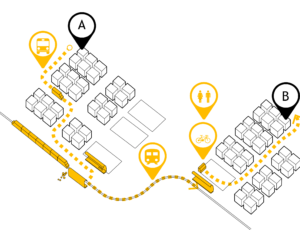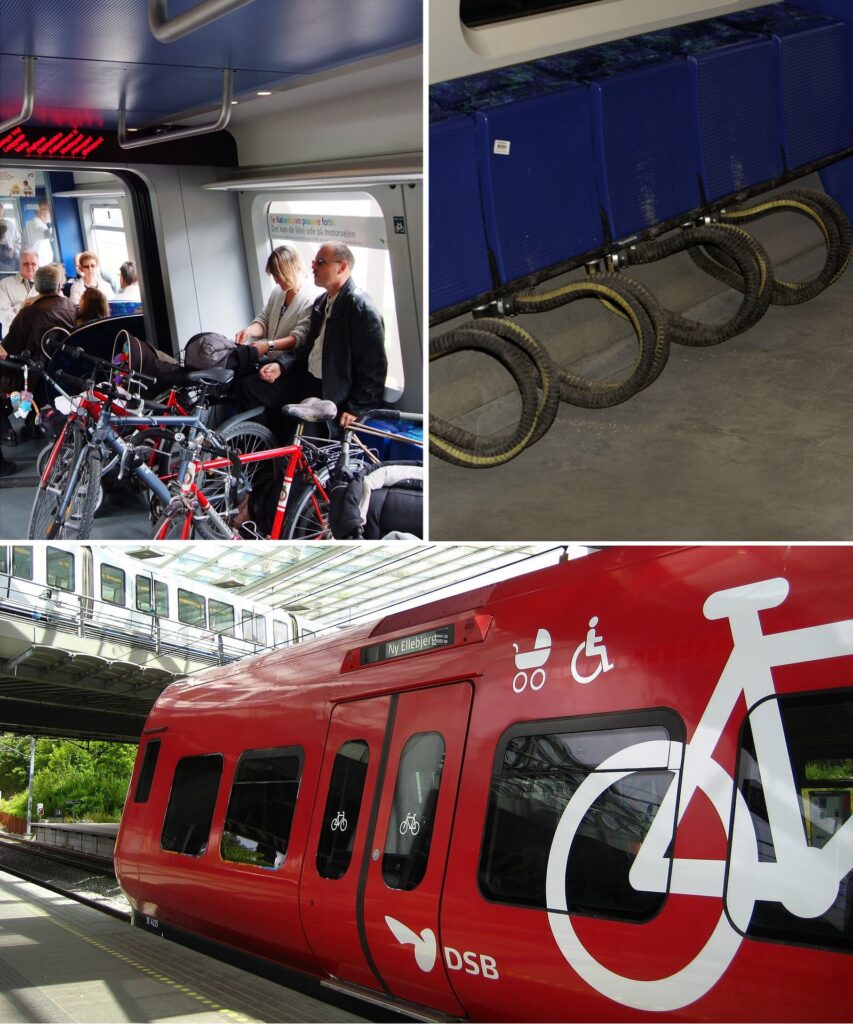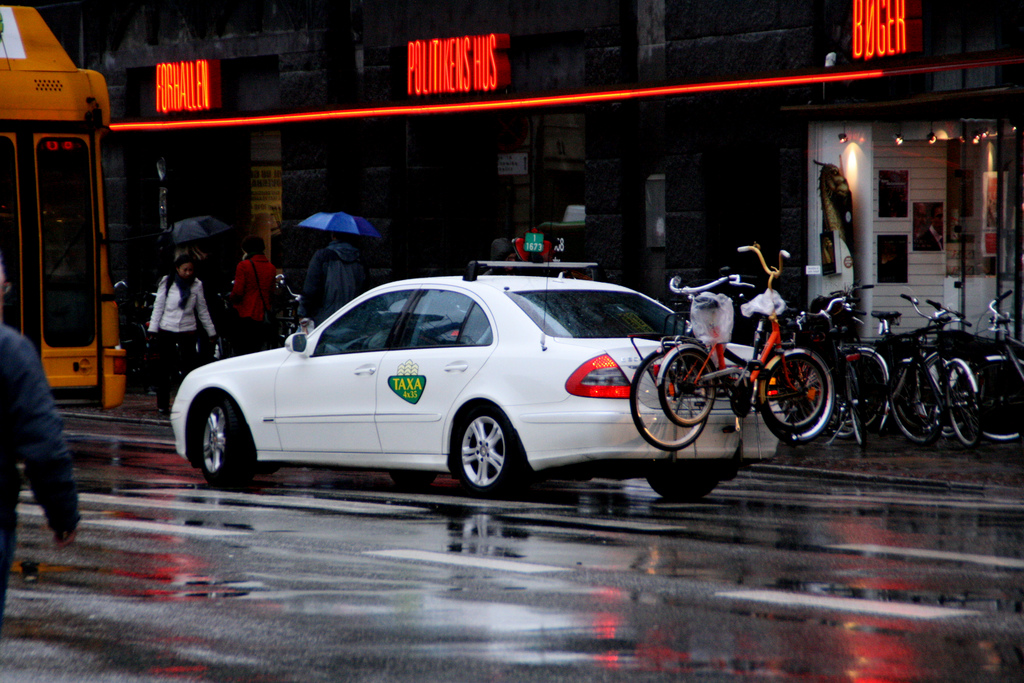AC03 INTEGRATED MANAGEMENT OF PUBLIC TRANSPORT
Integrated management of all sustainable modes of transportation in order to improve their competitiveness

Aim
Develop a real integration both physically and in the management of the different types of public transportation: train, bus, taxi. This, along with other measures favouring intermodality between this public transport and cycling or walking, will increase the competitiveness of these modes over the private vehicle.
Why?
The personal choice of which mode of transport to use on each trip is generally based on objective aspects such as travel time or parking availability at destination. But it is also based on subjective judgements, such as the perception of waiting time at a bus stop, discomfort, attractiveness or social perception in one way or another.
Attempts to convince users to use public transport, or other sustainable modes, collide head-on with:
• The huge amount of money invested in improving the private vehicle infrastructure, always at the expense of other modes.
• The lack of reliability and comfort of public transport lines, which have been abandoned in favour of private vehicles.
• Lack of public transport line integration with other modes (sustainable or not).
The integration of the different types of public transport would have the following benefits:
• It would increase the reliability of the transport chain.
• It would allow to know in advance the total travel time.
• It offers an ideal mode of transportation for each type of trip.
• Reduces congestion by reducing private vehicle trips.
• Increases the radius of trips by bicycle or on foot (combined with other modes).
• The social dimension of public transport is reinforced.
If we think that in the same space and time 2 people can be transported by car, 12 people by bicycle and 9 people by bus, we can see the advantages of achieving a more efficient integrated transport.
 How?
How?
Depending on the modes of transport available in each city, different measures can be taken. In a typical Spanish city where trains, buses and taxis are available, the following could be adopted:
• Single ticket: A single ticket is valid for all public transport, so that the transfer between them is free.
• Real time information: Install panels at bus stops with information on bus status, delays, etc. The same information, as well as warnings, should be available in a mobile application.
• Route planner: Develop a mobile application that allows you to plan a trip between two points in different modes.
• Traffic light priority: Using GPS detectors or on demand, traffic lights must change to give priority to buses.
• Facilities that provide effective intermodality: Secure storage facilities for bicycles at train and bus stations. Bicycles storage in selected bus stops, so that the bicycles can be used as a feeding system for buses, etc.
• Install bicycle racks in taxis and buses, as a minimum, on lines that serve travel attraction centers that require a steep route.
When calculating the reduction in emissions due to the change of mode of transport, the best emission factors available at the time should be used, depending on the modes to be evaluated. For a first approximation, you can use the following (see next page):
 You can find more data in: The climate change mitigation effects of daily active travel in cities – ScienceDirect
You can find more data in: The climate change mitigation effects of daily active travel in cities – ScienceDirect
Integration of bicycles on the train in Denmark (ECF)

Bicycle racks in taxis (Copenhagen). Source: Copenhaguenize

City Scale Intervention

ISSUES AFFECTED
SUITABLE FOR COMBINING WITH OTHER SOLUTIONS
Measuring elements
Indicator
Main: C02 reduction by switching from private vehicle to bus trips
Secondary: % of trips from PV to bus
Unit
g CO2
% of trips from PV to bus
Minimum Goal
5 % of trips from PV to bus
Desirable Goal
10% of trips from PV to bus
Measure method / Formula
Anual Mobility Survey
∆g CO2=A x [B – C] x D
A: % of trips from PV to bus
B: PV CO2 Emission Factor (g CO2/km)
C: Bus CO2 Emission Factor (g CO2/km)
D: Total km travelled
The formula may vary depending on available data.
PLANNING LEVEL
General Planning
Development Planning
Urbanization Detailed Design
Construction Detailed Design
PEOPLE INVOLVED
Local Officials
State/regional government officials
Planning and design team
POSIBLE ACTIONS DEVELOPED BY THE ADMINISTRATION:
∙ Integration of all mobility services in a single application that allows travel planning (MaaS).
∙ Attractive fare policies. For example: Free public transport for minors and students, or completely free for everyone.
WHAT SHOULD BE CONSIDERED FOR ITS IMPLEMENTATION?
∙ Measures to promote and improve public transport are necessary, but not enough to increase its use, it is necessary to reduce the availability of other unsustainable modes of transportation.
















